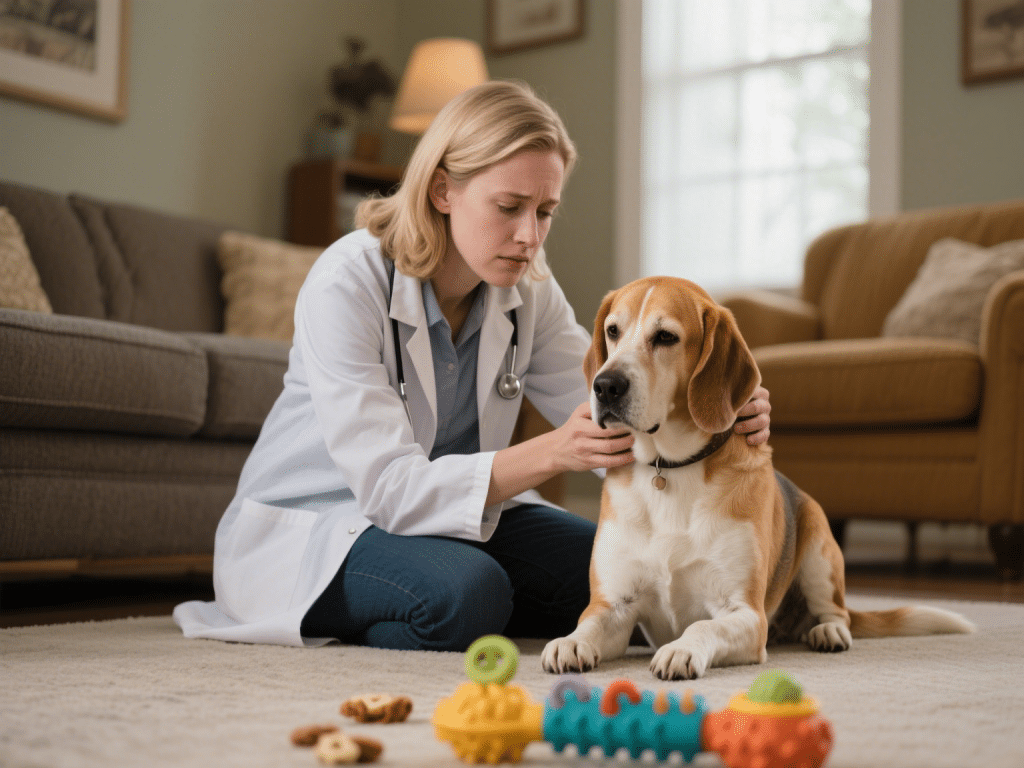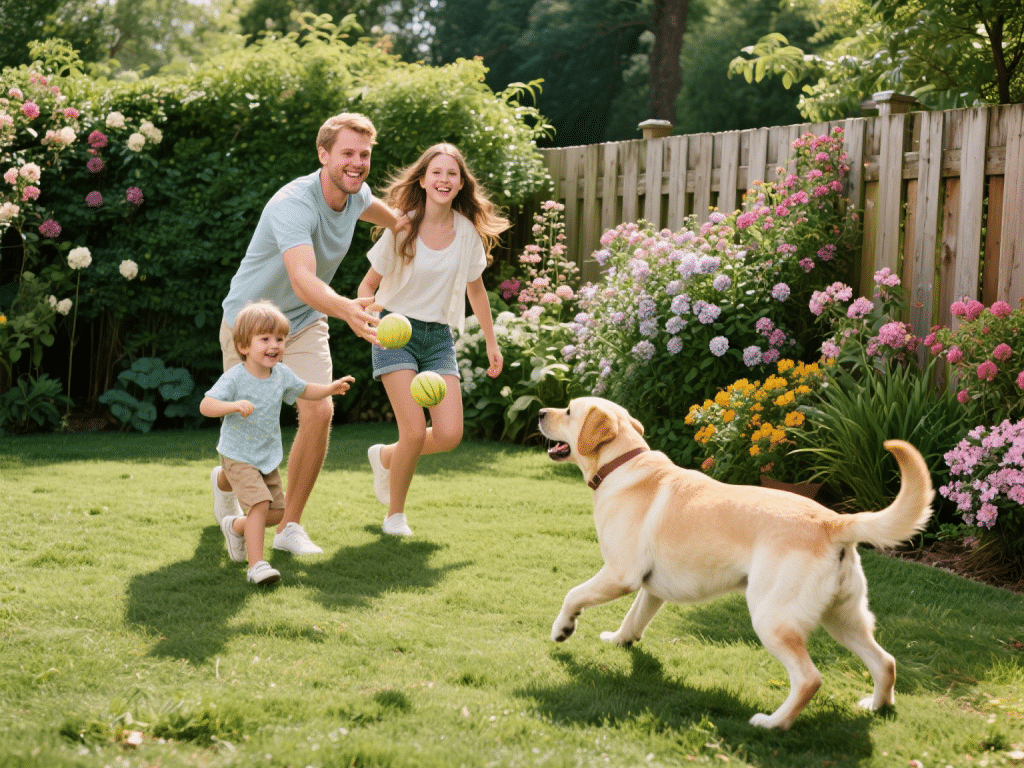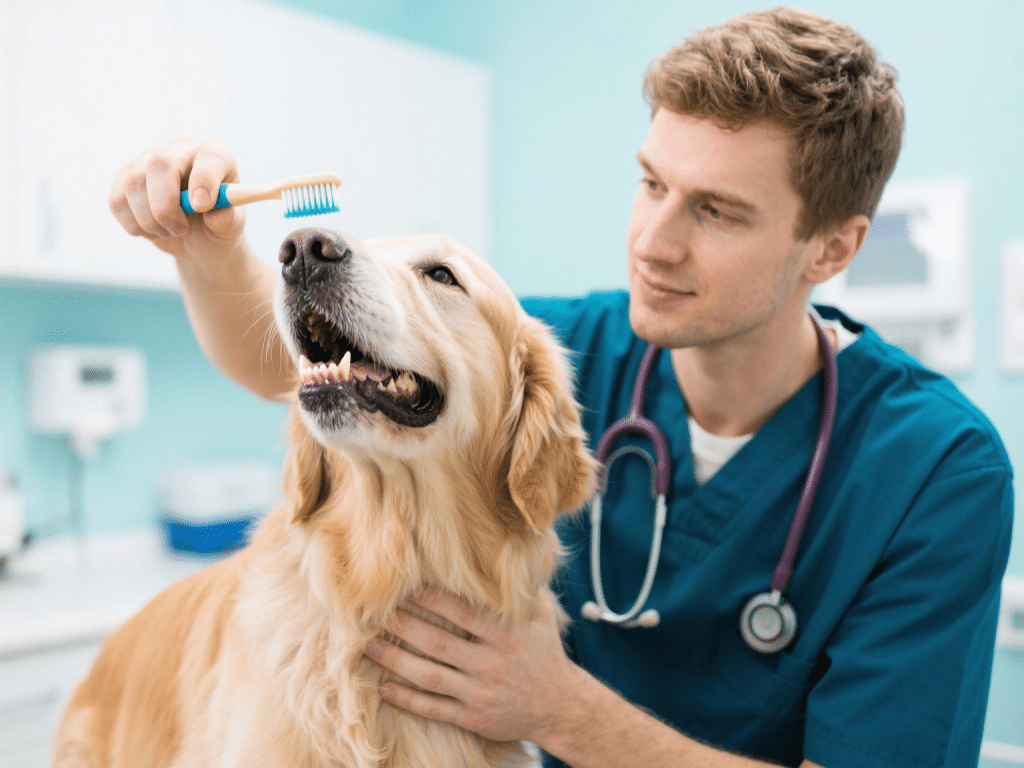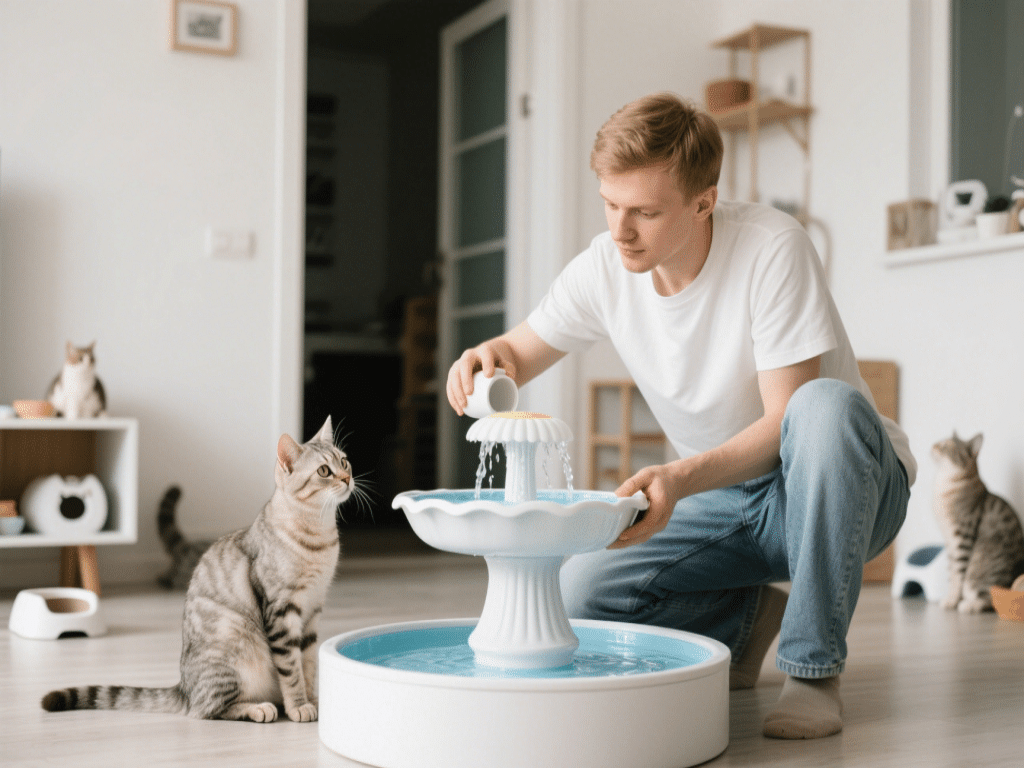RECOMMENDED NEWS

Managing Canine Separation Anxiety: Proven Calming Techniques
Many dogs experience separation anxiety when left alone, exhibiting destructive behavior, incessant ...
Read More →
How to Detect Early Dental Issues in Older Dogs Before They Get Serious
As cats age, their dental health becomes increasingly critical to overall well-being. According to v...
Read More →
Building a Pet-Friendly Yard: Safe Plants, Fences, and Play Zones
A thoughtfully designed yard offers pets fresh air, exercise, and sensory enrichment. However, many ...
Read More →
Top Hypoallergenic Dog Breeds for Allergy Sufferers: Expert Recommendations
For allergy sufferers, choosing a pet can be daunting. True hypoallergenic dogs don’t exist, but c...
Read More →
Step-by-Step Guide to Brushing Your Dog’s Teeth at Home
IntroductionRegular dental care is crucial for your dog’s overall health. Plaque and tartar buildu...
Read More →
Preparing Your Pet for Life in an Apartment: A Beginner’s Guide
IntroductionMoving into an apartment presents unique challenges and opportunities for pet owners. Li...
Read More →
Simple DIY Cat Trees You Can Build at Home
IntroductionCat trees provide essential vertical territory, scratching surfaces, and cozy perches fo...
Read More →
Budget-Friendly Grooming Tips for Cats and Dogs at Home
IntroductionProfessional grooming can be expensive. With a few inexpensive tools and simple techniqu...
Read More →
Training Your Dog to Be Calm During Vet Visits
IntroductionMany dogs experience anxiety and fear when visiting the veterinarian. Stressful vet visi...
Read More →
Comments on "How to Help Your Dog Adjust to a New Baby at Home" :